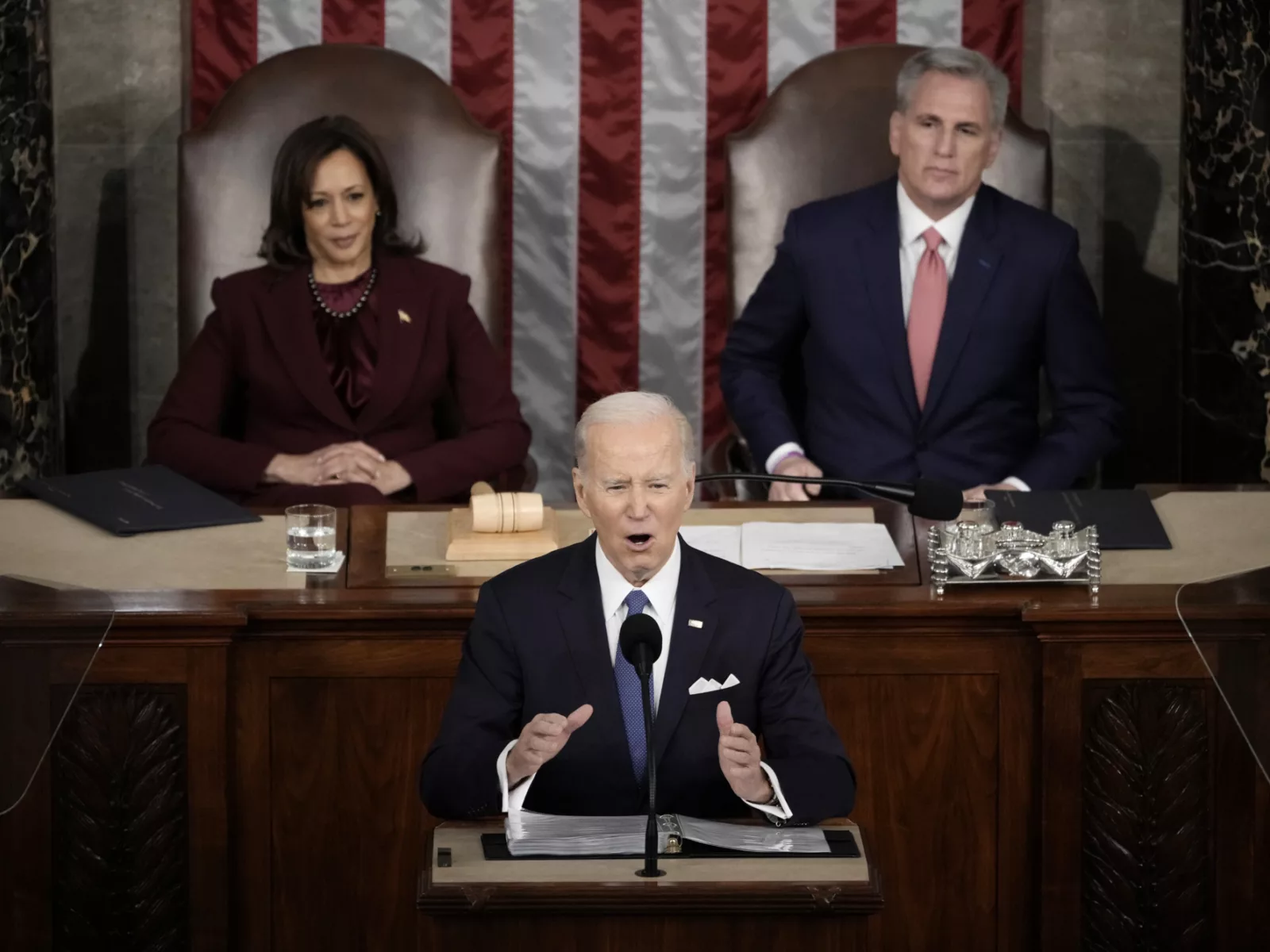This is part 1 of a series on drug affordability.
Read Part 2: In Quest to Lower Rx Prices, States Deploy New Tools
Read Part 3: After a Groundswell of Success in 2021, Stage is Set for Broader Rx Reform in 2022
Congressional drug reform efforts may be generating banner headlines this year, but across the nation, states have quietly emerged as leaders in lowering prescription drug prices, with a record 20 states enacting 43 laws in 2021 alone.
With a growing range of policy tools at their disposal — many developed by the National Academy of State Health Policy (NASHP), a nonprofit state health policy think tank — state legislators are taking the initiative to lower drug costs that are hurting their constituents and adding red ink to state budgets.
Rapidly rising drug prices have become an urgent rallying cry for state legislators as they seek to address their constituents’ demand for relief and meet their constitutional obligations to balance their budgets. Despite stiff resistance from the pharmaceutical manufacturers, which flooded states with millions in lobbying and advertising to thwart legislation, key states such as Colorado, New Mexico and Oregon successfully passed laws to lower drug prices.
“Legislators are finding ways to harness state regulatory and legal power to impose price limits, reduce patients’ out of pocket costs, increase transparency, and stop pharmacy benefit manager abuses,” said Mark Miller, executive vice president of health care at Arnold Ventures. “The spate of bills passed this year may well be a precursor of even more states to introduce or enact legislation aimed at lowering drug prices in 2022, particularly if federal efforts fail.”
Number of laws enacted by states in 2021 to lower prescription drug prices
The Spark for Change
As broader national drug pricing reform continues to wind its way through the federal legislative process, state legislators have been moved to action by the stories of people like Dawn, a Colorado resident who reported that her prescription drugs are “so expensive that I stopped taking my diabetes and cholesterol medications.… I often have to choose between food and medication.”
And Joan Morgan, an Oregon resident whose father needs the lung cancer drug Gilotrif to stay alive. “A 30-day supply of this once daily medication is currently $10,000 per month,” she noted. “In 2018, when he began taking this medication, it was ‘only’ $4,000 a month.” Yet her sister, who lives in the Netherlands, can access Gilotrif for just $243 a month.
State budgetary pressures are also a significant driver of these laws.
Although COVID-19’s impact on state finances was not as dire as once feared, thanks in part to the American Rescue Plan federal relief package, state revenue projections are 2.8% lower than what they were before the pandemic. At the same time, Medicaid spending skyrocketed during the COVID-19 pandemic by an estimated 12.5% in fiscal year 2021, with another 5.2% increase projected in fiscal year 2022. One factor is rising prescription drug prices, which cost taxpayers $29.6 billion during 2017 for Medicaid alone.
Squeezed by reduced revenues and higher expenditures in state-funded health insurance programs, and required by law to balance their budgets, states have set their sights on lowering prescription drug prices as an effective way to ease fiscal pressures and respond to an overwhelming demand for relief from rising drug prices.
States with large numbers of residents who skip taking prescription drugs because they can’t afford them also face added costs in the form of emergency room visits, hospitalizations and other preventable complications. In New Mexico, an estimated 44 percent of people say they can’t afford their prescription drugs. Nationally, 29 percent of Americans report they cannot access the medications they need because the cost is too high.
Cost of a 30-day supply of lung cancer drug Gilotrif, which is available for just $243 a month in the Netherlands
Taken together, all of these factors, combined with the activism of strong grassroots coalitions, were sufficient to overcome Pharma’s multi-million dollar spending and fear-mongering more often than not. This suggests a political and policy dynamic that could set the stage for congressional action, making clear to anxious representatives and senators that there is more gain than pain from cracking down on skyrocketing drug prices.
What’s equally impressive is the full array of tools state legislatures have chosen to use. These include laws establishing prescription drug affordability board (PDABs), limiting patients’ out-of-pocket insulin costs, regulating pharmacy benefit managers (PBMs), and requiring transparency from entities throughout the pharmaceutical supply chain. These efforts in many ways align with the Biden Administration’s drug pricing plan that calls on Congress to deliver bold and meaningful reforms that extend beyond state borders.
The work of organizations such as NASHP, NCSL, Families USA and growing collaborations between legislators from different states is clearly a major factor in this process, creating a cross-fertilization of ideas that is fueling policy innovations and a sharing of experiences that is informing more effective political strategies for passing legislation.
Read Part 2: In Quest to Lower Rx Prices, States Deploy New Tools


















